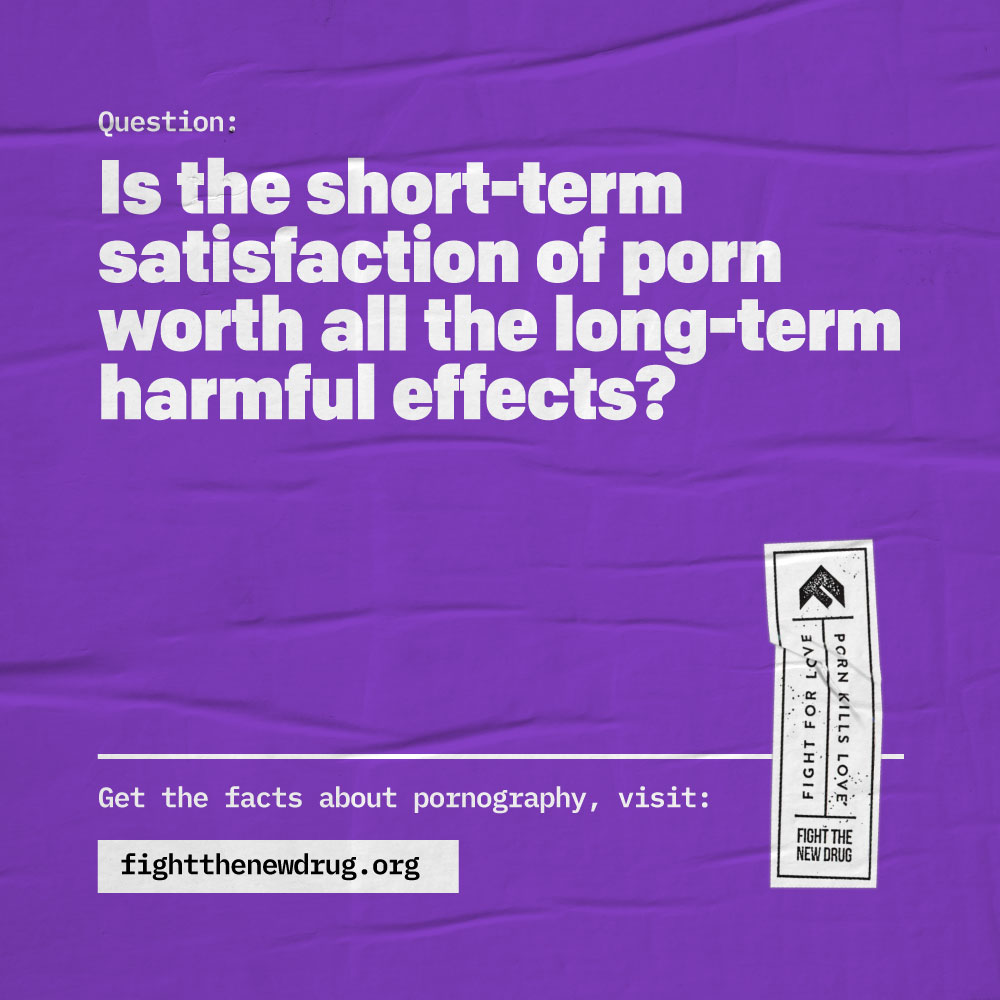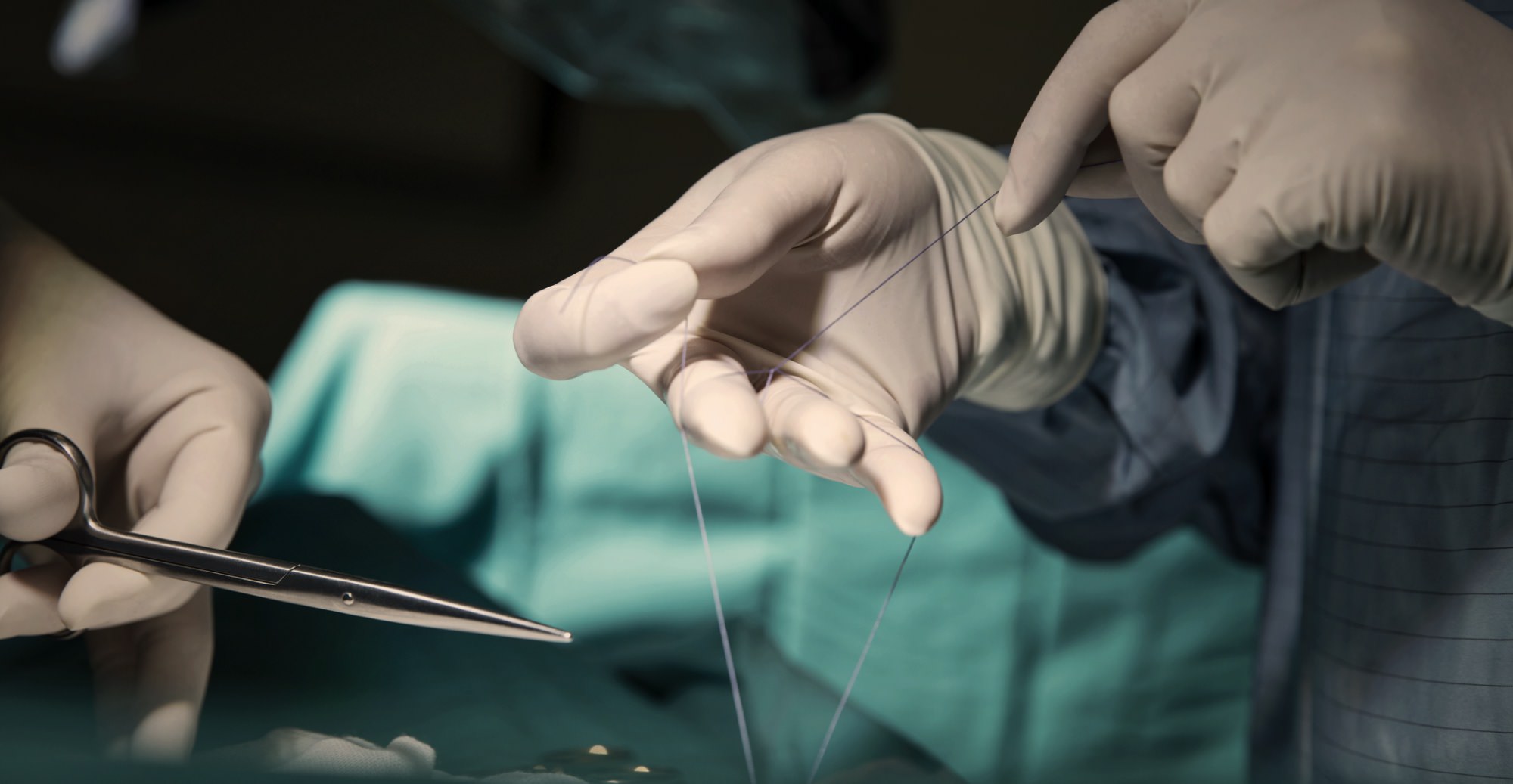Trigger warning: The following post contains explicit descriptions of the male anatomy and cosmetic surgical procedures.
From glossy magazines to social media to porn, women and girls see impossible beauty and body standards every day. While these expectations have been denounced for decades, visual cues are hard to ignore and so they go on comparing themselves to edited and falsified images.
While the messages sent to men and boys have not been as intensely focused on beauty, it would be incorrect to assume they, too, aren’t “told” through the images they see to look a certain way, nor are they immune to its effects.
It is the widely acknowledged fact that porn objectifies women. But now we know that it also objectifies men, dehumanizing them to a series of body parts—or focusing on just one part in particular.
Research shows that nude, explicit images invite consumers to scrutinize body parts and eventually can damage their own self-esteem. For example, one study looking into pornography as a medium and the effects on male body image found that increased porn consumption was negatively linked to body appreciation. Meaning, guys were less satisfied with their appearance the more they watched porn.
Recently, we wrote about a rising trend with porn influencing young teen girls to undergo unnecessary cosmetic procedures. Labiaplasty surgeries have become more popular among girls and women, who request “designer vaginas” or the “porn chic” look.
Considering the similarities in body-image focused media affecting men and women, we started to wonder if men were similarly seeking porn-inspired plastic surgeries.
Spoiler alert: they are.
Operation penoplasty
Penis enlargements aren’t as straightforward as men might think or hope, despite what some spammy emails might otherwise say. It is a part of the male body evolved to change in size and so resists attempts to make them permanently bigger.
Pills, creams, and pumps are mostly ineffective or damaging, if used excessively. Another alternative a step down from a surgery is similar to popular injectable fillers, but instead of a little-added lip or cheek definition, the filler is used to widen the girth of a man’s penis. The change is not permanent and doesn’t alter length, but is increasing in popularity as a less invasive option.
Sometimes, excess fat from the patient’s stomach is extracted and injected into the penis shaft to increase the girth.
As for surgical plastic surgery, the most common technique is called “penoplasty.” This includes cutting the ligament attaching the penis to the pubic bone making the penis “drop.” As a result, the penis sits lower and gives the appearance of an average two-centimeter length gain when flaccid. There is no effect to the length of an erect penis.
Maybe that sounds like improvement for some, but there are some serious trade-offs. After this procedure, there is a loss in the angle as the severed ligament no longer offers support. Professor Kevan Wylie, a sexual medicine consultant, put it this way:
“A lot of men who have this treatment don’t truly appreciate this loss of angle. It can make sex quite uncomfortable. You’ve got to do a lot more maneuvering with your partner. The advantage of a 2cm gain in flaccid length is far outweighed by the loss of angle of erection.”
Despite none of the options for penis enlargement sounding super promising, Dr. Roberto Viel, a surgeon in London, says he’s seen demand at his clinic jump 40% in the last year. He sees about 300 men a year for a penoplasty. Between 2013 and 2017, members of the International Society of Aesthetic Plastic Surgery completed 45,604 penis enhancements worldwide. Previous numbers are unknown, as it was considered such a minority.
We’d like to point out that these numbers are far from being a global epidemic. Penoplasty doesn’t make the top ten list of cosmetic procedures for men.
So then why does this signal a concern?
Beyond those men who sought out surgery, there are a lot more who feel inferior due to the images sold as “fantasy” that they consume on the regular.
Pursuing perfection
We are big believers in embracing love, and that includes a love for yourself. Sometimes that’s easier said than done, right?
Every day, people receive a lot of visual cues pointing out a million ways they can be better, implying they aren’t there yet. There’s a difference between healthy goal-setting and feeling “less than” by negatively comparing yourself to the fantasy displayed on social media. Sure, it’s not all doom and gloom, but let’s not discount the effects.
In an academic article about plastic surgery trends, the authors wrote:
“Pop culture is both reflective and directive—mirroring our societal attitudes, desires, and philosophic values, while shaping how we think, act, and look. Furthermore, patients seeking cosmetic surgery cite the media as reinforcing and transmitting the ideal of appearing youthful and attractive…. Cosmetic surgery is expected to accomplish a normal appearance or, more appropriately, an idealized normalcy fostered by popular media.”
Related: True Story: My Struggle With Porn Taught Me To Hate My Body
There we have it. Whatever “normal” is, means, or looks like comes from the media we see.
A clear example comes from academic literature about penis enlargements, showing that men who seek treatment for having a short penis actually fall within the average size. In one study of 92 men who sought out treatment for a short penis, researchers found that none actually qualified.
So what’s influencing them to believe that they don’t measure up?
Porn is the culprit
So if the mass public takes cues about body image from the media, take a second to think about influential content that millions of people watch. (Hint: we don’t mean Netflix.)
It’s porn.
If you think your brain is immune to any toxic impressions hardcore videos may leave behind, think again. One study focusing on the relationship between online pornography and body image concluded penis size dissatisfaction is associated with pornography use.
Related: What It’s Like To Be A 19-Year-Old Male With An Eating Disorder & Porn Addiction
But here’s the thing. Research shows that in heterosexual couples, size doesn’t seem to matter as much to women. According to the British Journal of Urology, when researchers looked at more than 50 studies spanning the course of 60 years, only 55% of men were satisfied with their penis size while 85% of women were happy with their partner’s size.
Commenting on the study, sex counselor Ian Kerner wrote:
“That’s a big difference in perception, and in my personal opinion, this sense of male insecurity is only likely to increase in the wake of internet porn. That’s because research shows that more than a third of men who incorrectly believe their penises are too small say their insecurity began by viewing erotic images during their teen years.”
Both women and men deserve better than the exaggerated and edited lies porn sells about the human body. No one should feel like they have to have the body of a porn performer to feel normal, beautiful, and wanted.
Do you agree?

Your Support Matters Now More Than Ever
Most kids today are exposed to porn by the age of 12. By the time they’re teenagers, 75% of boys and 70% of girls have already viewed itRobb, M.B., & Mann, S. (2023). Teens and pornography. San Francisco, CA: Common Sense.Copy —often before they’ve had a single healthy conversation about it.
Even more concerning: over half of boys and nearly 40% of girls believe porn is a realistic depiction of sexMartellozzo, E., Monaghan, A., Adler, J. R., Davidson, J., Leyva, R., & Horvath, M. A. H. (2016). “I wasn’t sure it was normal to watch it”: A quantitative and qualitative examination of the impact of online pornography on the values, attitudes, beliefs and behaviours of children and young people. Middlesex University, NSPCC, & Office of the Children’s Commissioner.Copy . And among teens who have seen porn, more than 79% of teens use it to learn how to have sexRobb, M.B., & Mann, S. (2023). Teens and pornography. San Francisco, CA: Common Sense.Copy . That means millions of young people are getting sex ed from violent, degrading content, which becomes their baseline understanding of intimacy. Out of the most popular porn, 33%-88% of videos contain physical aggression and nonconsensual violence-related themesFritz, N., Malic, V., Paul, B., & Zhou, Y. (2020). A descriptive analysis of the types, targets, and relative frequency of aggression in mainstream pornography. Archives of Sexual Behavior, 49(8), 3041-3053. doi:10.1007/s10508-020-01773-0Copy Bridges et al., 2010, “Aggression and Sexual Behavior in Best-Selling Pornography Videos: A Content Analysis,” Violence Against Women.Copy .
From increasing rates of loneliness, depression, and self-doubt, to distorted views of sex, reduced relationship satisfaction, and riskier sexual behavior among teens, porn is impacting individuals, relationships, and society worldwideFight the New Drug. (2024, May). Get the Facts (Series of web articles). Fight the New Drug.Copy .
This is why Fight the New Drug exists—but we can’t do it without you.
Your donation directly fuels the creation of new educational resources, including our awareness-raising videos, podcasts, research-driven articles, engaging school presentations, and digital tools that reach youth where they are: online and in school. It equips individuals, parents, educators, and youth with trustworthy resources to start the conversation.
Will you join us? We’re grateful for whatever you can give—but a recurring donation makes the biggest difference. Every dollar directly supports our vital work, and every individual we reach decreases sexual exploitation. Let’s fight for real love:




